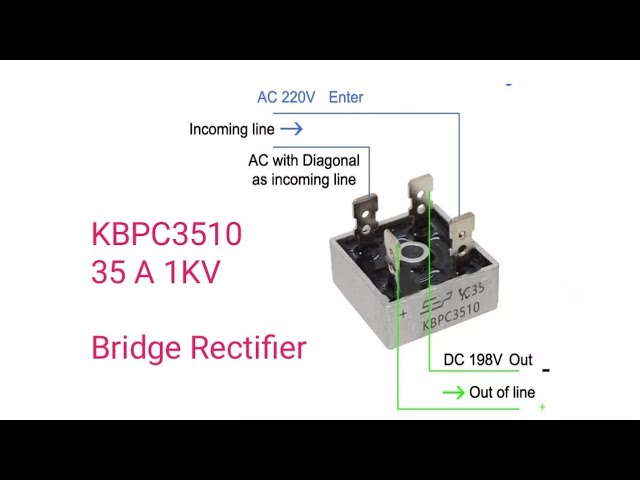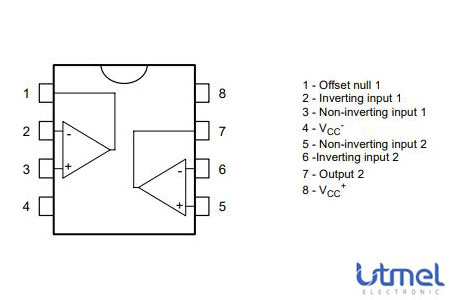How to Test a 78L05 Voltage Regulator
Testing a 78L05 voltage regulator is a crucial step to ensure that it is functioning correctly and providing the desired output. The 78L05 is a popular linear voltage regulator that provides a stable 5V output voltage from a higher input voltage. It is commonly used in various electronic circuits to regulate the voltage and protect sensitive components from overvoltage.
Tools Required for Testing:
- Multi-meter
- Power supply
- Load resistor
Step-by-Step Guide to Test a 78L05 Voltage Regulator:
Follow these steps to test a 78L05 voltage regulator:
Step 1: Setup
Connect the input pin of the voltage regulator to the power supply’s positive terminal and the ground pin to the power supply’s negative terminal. Make sure to use the correct pin configuration, as connecting it improperly can damage the regulator.
Step 2: Voltage Test
Use a multi-meter to measure the output voltage of the regulator. The output voltage should be around 5V (±0.5V). If the output voltage is significantly higher or lower than 5V, there may be an issue with the regulator.
Step 3: Load Test
Apply a load resistor to the output of the regulator and measure the output voltage again. The voltage should remain stable even with the load applied. If the output voltage fluctuates or drops significantly under load, the regulator may not be able to handle the required current.
Step 4: Thermal Test
Monitor the temperature of the voltage regulator while it is under load. The regulator should not get too hot to touch. Excessive heat can indicate a problem with the regulator’s thermal dissipation capability.
Conclusion
By following these steps, you can effectively test a 78L05 voltage regulator to ensure its proper functioning and reliability in your electronic circuits. Regular testing and maintenance can help prevent issues and ensure the longevity of your devices.
How to Test a 78L05 Voltage Regulator
Testing a 78L05 voltage regulator is a crucial step to ensure that it is functioning correctly and providing the desired output. The 78L05 is a popular linear voltage regulator that provides a stable 5V output voltage from a higher input voltage. It is commonly used in various electronic circuits to regulate the voltage and protect sensitive components from overvoltage.
Tools Required for Testing:
- Multi-meter
- Power supply
- Load resistor
Step-by-Step Guide to Test a 78L05 Voltage Regulator:
Follow these steps to test a 78L05 voltage regulator:
Step 1: Setup
Connect the input pin of the voltage regulator to the power supply’s positive terminal and the ground pin to the power supply’s negative terminal. Make sure to use the correct pin configuration, as connecting it improperly can damage the regulator.
Step 2: Voltage Test
Use a multi-meter to measure the output voltage of the regulator. The output voltage should be around 5V (±0.5V). If the output voltage is significantly higher or lower than 5V, there may be an issue with the regulator.
Step 3: Load Test
Apply a load resistor to the output of the regulator and measure the output voltage again. The voltage should remain stable even with the load applied. If the output voltage fluctuates or drops significantly under load, the regulator may not be able to handle the required current.
Step 4: Thermal Test
Monitor the temperature of the voltage regulator while it is under load. The regulator should not get too hot to touch. Excessive heat can indicate a problem with the regulator’s thermal dissipation capability.
Conclusion
By following these steps, you can effectively test a 78L05 voltage regulator to ensure its proper functioning and reliability in your electronic circuits. Regular testing and maintenance can help prevent issues and ensure the longevity of your devices.



